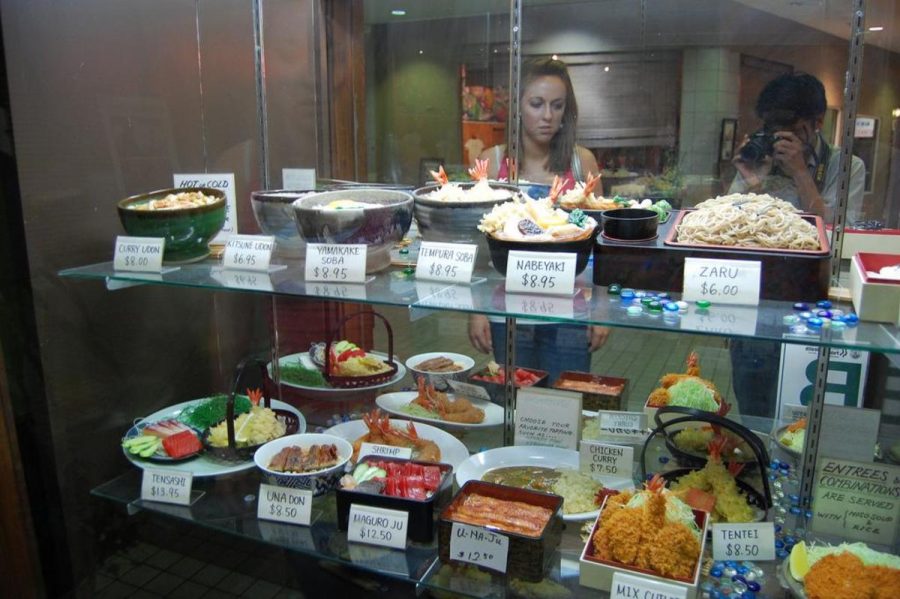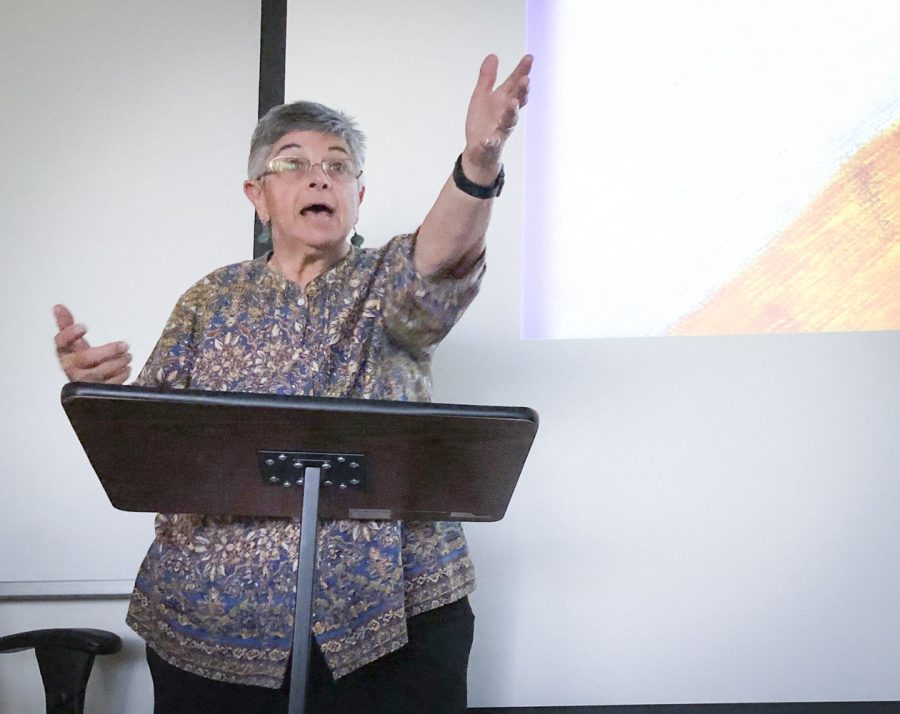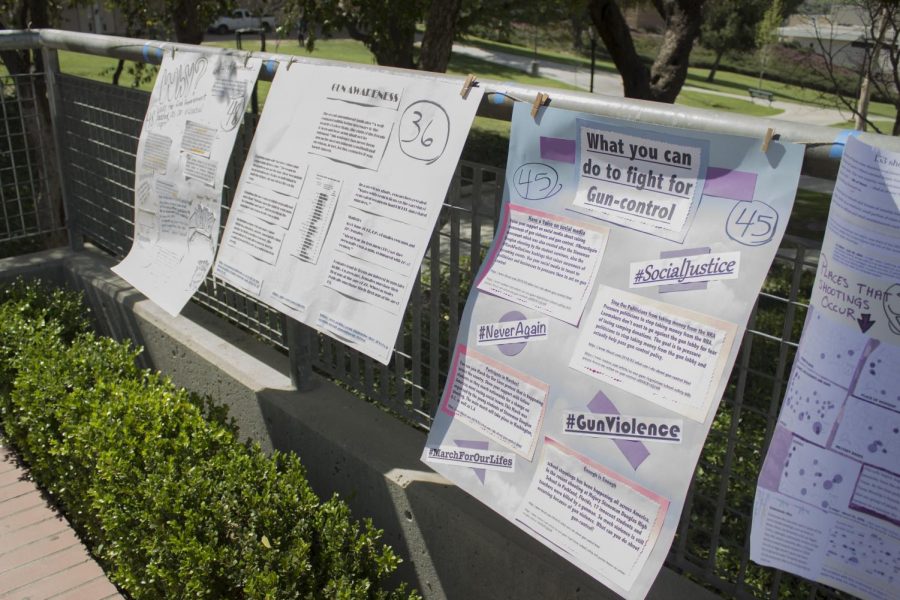Tokyo is a thriving metropolis, housing millions of people moving at hectic speeds through daily life; off to work, off to school, always on the go. However, Tokyo’s Los Angeles counterpart, though in the middle of another busy city, slows down the pace and celebrates the subtly of Japanese culture.
Little Tokyo creates a serene atmosphere in the heart of L.A. Ichi Yoshida, employee at Popkiller, a vintage clothing shop in Little Tokyo, has been living in L.A. for 14 years and understands why people would go out to visit this quaint area.
“[Little Tokyo] is so different from the rest of L.A.,” said Yoshida. “And the best part of it is the Japanese food.”
Little Tokyo’s main attraction is its variety of authentic Japanese features across the district. The Japanese American National Museum and the Museum of Contemporary Art provide a cultural tour through arts and history of Japanese-Americans.
Ranging from Japanese curry, ramen and sushi to shabu-shabu houses, where meat and vegetables are boiled in a communal bowl, the taste of Japanese culture does not stop at the restaurants. Dessert shops like Yamazaki Bakery and Mikawaya Mochi will satisfy the need for ice cream or sweets after a Japanese dinner.
Karaoke restaurants like Oiwake and bars like Far Bar and Chop Suey Café keep Little Toyko a fun scene for nightlife in L.A.
Little Tokyo was established in 1942, but during the internment of Japanese- Americans in the Second World War, the district fell into a decline. In the late 1970s, Japanese corporations expanding their overseas operations in L.A. started redevelopment of Little Tokyo, opening hotels and shopping plazas.
Today, Little Tokyo is made up of newer establishments like restaurants and bars, but still has the original buildings like the Chop Suey Café, built in 1836.
Of the newer establishments, Daikokuya is a ramen shop where the signature broth and mix of pork, scallions, bamboo shoots and noodles have garnered the spot an L.A. favorite according to over 1000 reviews on yelp.com. Styled like an old time Japanese ramen shop, with antique drink advertisements and movie posters hanging on the walls, its timelessness adds to its appeal.
Culinary student Hannah Henderson was pleasantly surprised by her first time dining on Japanese food.
“[The ramen] was awesome! It was cool to have a taste of a culture so different than what I’m used to,” said Henderson.
Other than the Japanese food, specialty shops like Popkiller provide the modern Japanese culture to the traditional setting. Yoshida has observed that Popkiller’s patrons have been “70% American and 30% tourists” and though this shop is just one of three Popkillers in L.A., the Little Tokyo branch is the most popular. Considering the shop’s inventory of vintage clothing and t-shirts with original designs and Japanese sensibilities, Little Tokyo is a fitting setting for Popkiller.
For some who visit Little Tokyo, one appeal of the district is the source of anime and manga. A large staple of Japanese culture that has spread over the world is their influence in animation and comics.
The fandom of anime and manga has grown extensively in the US, spawning conventions like Anime Expo and AnimeLA and also getting fans practicing cosplay, portraying favorite anime and manga characters through costumes.
This is the main attraction to Little Tokyo for people like 25-year-old Christian, whose friends refer to him as “Lazer.” Dressed as Kakashi Hatake from the popular anime Naruto, the L.A. native Lazer spends his days in Little Tokyo meeting up with friends, eating at the many Japanese restaurants and perusing local anime shops. With his group of friends, Lazer urges people to visit Little Tokyo for the serene atmosphere.
“If you like peace and quiet, [Little Tokyo is] peaceful around here,” said Lazer. “Well, if you don’t bring crowds with you, such as today.”
From ramen to Japanese contemporary art, Little Tokyo condenses parts of Japanese culture in just a few blocks in L.A. Little Tokyo provides that break in the constant hustle of downtown. For being a few miles away, any Japanophile should visit this quaint, serene gem of L.A.

Not only available in Mexico, cheap prescription medication may also be found in Little Tokyo. (Photo by Kenny Redublo)






